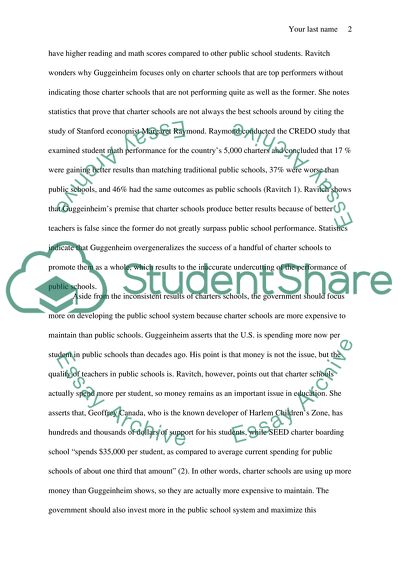Cite this document
(The Limitations of Charter Schools Article Example | Topics and Well Written Essays - 1250 words, n.d.)
The Limitations of Charter Schools Article Example | Topics and Well Written Essays - 1250 words. https://studentshare.org/english/1834985-charter-schools
The Limitations of Charter Schools Article Example | Topics and Well Written Essays - 1250 words. https://studentshare.org/english/1834985-charter-schools
(The Limitations of Charter Schools Article Example | Topics and Well Written Essays - 1250 Words)
The Limitations of Charter Schools Article Example | Topics and Well Written Essays - 1250 Words. https://studentshare.org/english/1834985-charter-schools.
The Limitations of Charter Schools Article Example | Topics and Well Written Essays - 1250 Words. https://studentshare.org/english/1834985-charter-schools.
“The Limitations of Charter Schools Article Example | Topics and Well Written Essays - 1250 Words”. https://studentshare.org/english/1834985-charter-schools.


